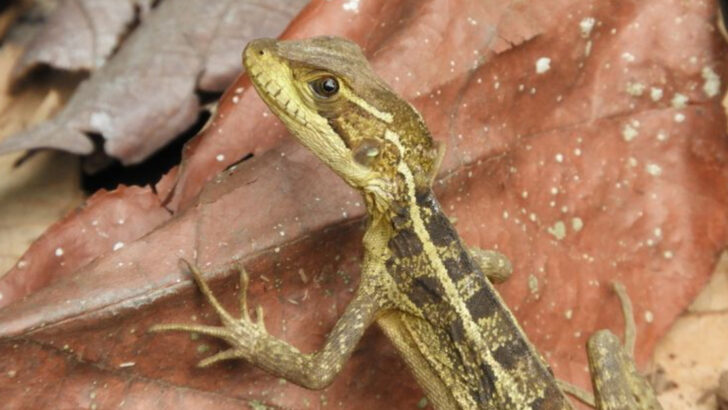Forget pesticides.
Some of the best garden bodyguards come covered in scales.
These reptilian defenders don’t ask for much—just a sunny rock, a few bugs, and the freedom to patrol your plants like little lizard sheriffs.
Snakes, skinks, and geckos may not wear capes, but they’re silent heroes in the war against destructive pests.
While most gardeners obsess over mulch and moisture, few realize their secret weapon has a forked tongue and a taste for beetles.
And the best part? They work for free.
If you want fewer aphids and more tomatoes, it’s time to make your garden reptile-friendly.
No gimmicks. No chemicals. Just nature doing what it does best—balancing itself beautifully.
Let’s meet the 17 cold-blooded pest control pros you want in your backyard.
Because the right scales can save your kale.
Green Anole
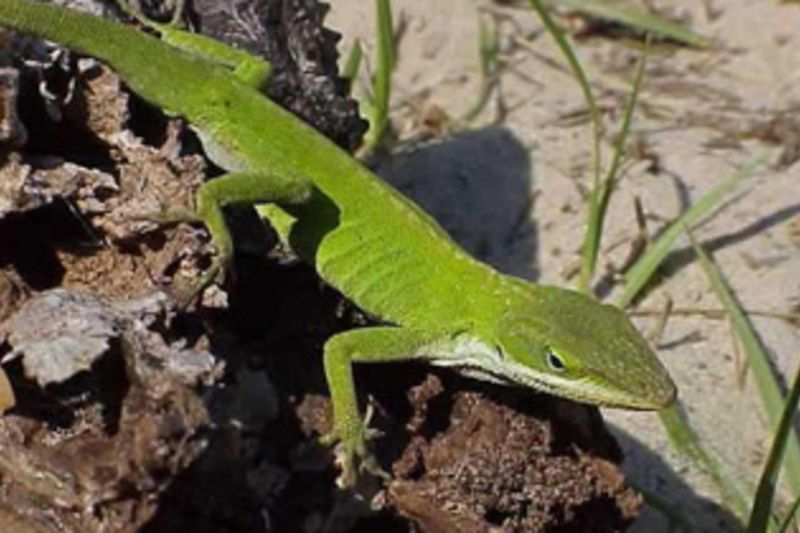
Imagine a bright splash of green darting through your garden—it’s the green anole, a lively insectivore. These reptiles are adept at catching flies, ants, and other small pests. They thrive in gardens with plenty of foliage and humidity. To attract green anoles, provide ample shade and a water source, like a small pond.
Their territorial nature means they help maintain insect populations effectively. Additionally, they add a touch of tropical beauty. With fascinating coloration, anoles are not only pest controllers but also living ornaments in any garden.
Common Garter Snake
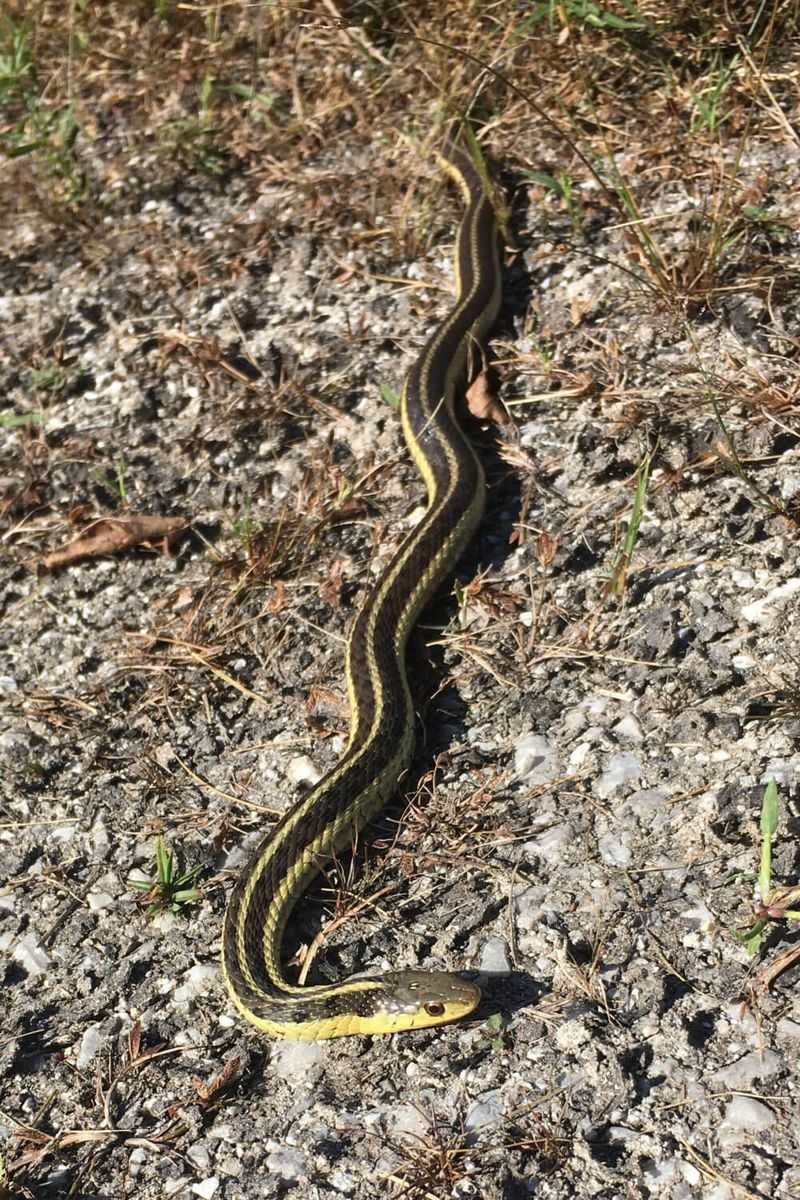
Curious about the slithering visitors in your garden? Common garter snakes are harmless helpers. These snakes feast on slugs, snails, and small rodents. Embrace their presence by providing tall grasses and rocks for shelter.
Garter snakes require water, so a nearby pond is beneficial. Known for their mild temperament, they pose little threat to humans or pets. Instead, they offer invaluable pest control. Their striped appearance is unmistakable, making them an intriguing garden guest. Invite these gentle predators for a pest-free environment.
Eastern Fence Lizard
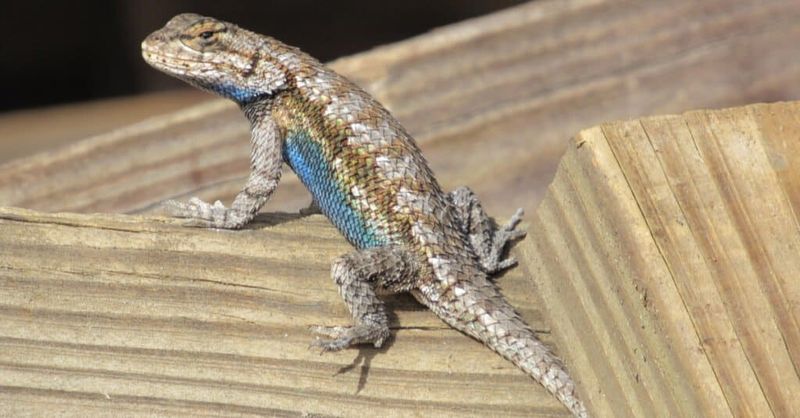
Perched on sunlit rocks, the eastern fence lizard is a charming garden guardian. These reptiles excel at insect control, devouring beetles, ants, and spiders. Attract them by incorporating rock piles and logs into your garden design.
Fence lizards love basking in the sun, so ensure sunny spots are available. Their agile movements and striking blue underbellies make them a delight to observe. As natural pest controllers, they are indispensable allies for gardeners seeking eco-friendly solutions. Invite these sun-loving lizards to your garden sanctuary.
Mediterranean House Gecko
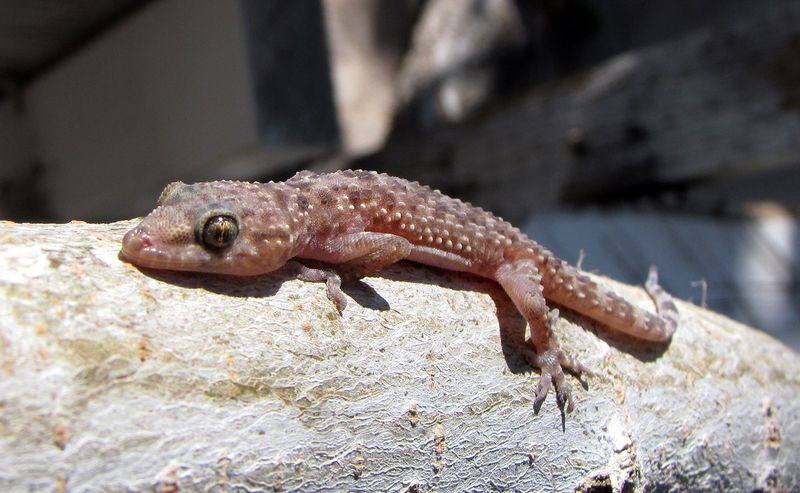
Under cover of night, the Mediterranean house gecko comes to life. These nocturnal hunters feast on moths and mosquitoes, providing nighttime pest control. To attract them, install outdoor lights that draw insects.
Geckos prefer warm, sheltered areas, so consider providing crevices in stone walls. Their soft chirping adds a touch of serenity to the evening garden atmosphere. With sticky toe pads and camouflage skills, these geckos are both effective hunters and fascinating creatures to observe as they patrol your garden.
Blue-Tongue Skink
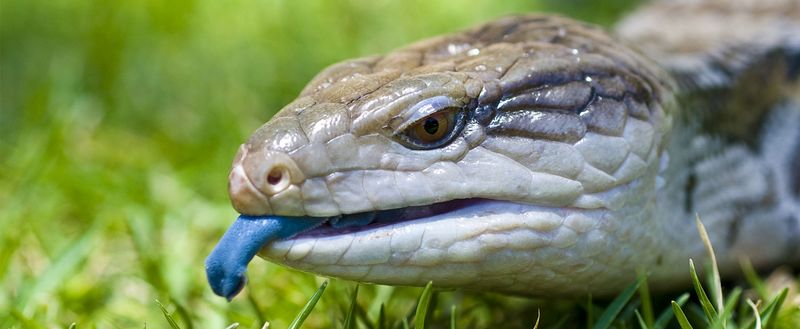
With a flash of blue, the blue-tongue skink captures attention while warding off pests. Feeding on snails and beetles, these skinks are a gardener’s friend. To create a welcoming space, include leaf litter and hiding spots under shrubs.
The skink’s distinctive tongue acts as both a lure and a warning to predators. This peaceful reptile boasts a gentle demeanor, making it a safe garden inhabitant. Their unique appearance and beneficial diet make blue-tongue skinks valuable additions to garden ecosystems, offering both beauty and pest control.
Five-Lined Skink
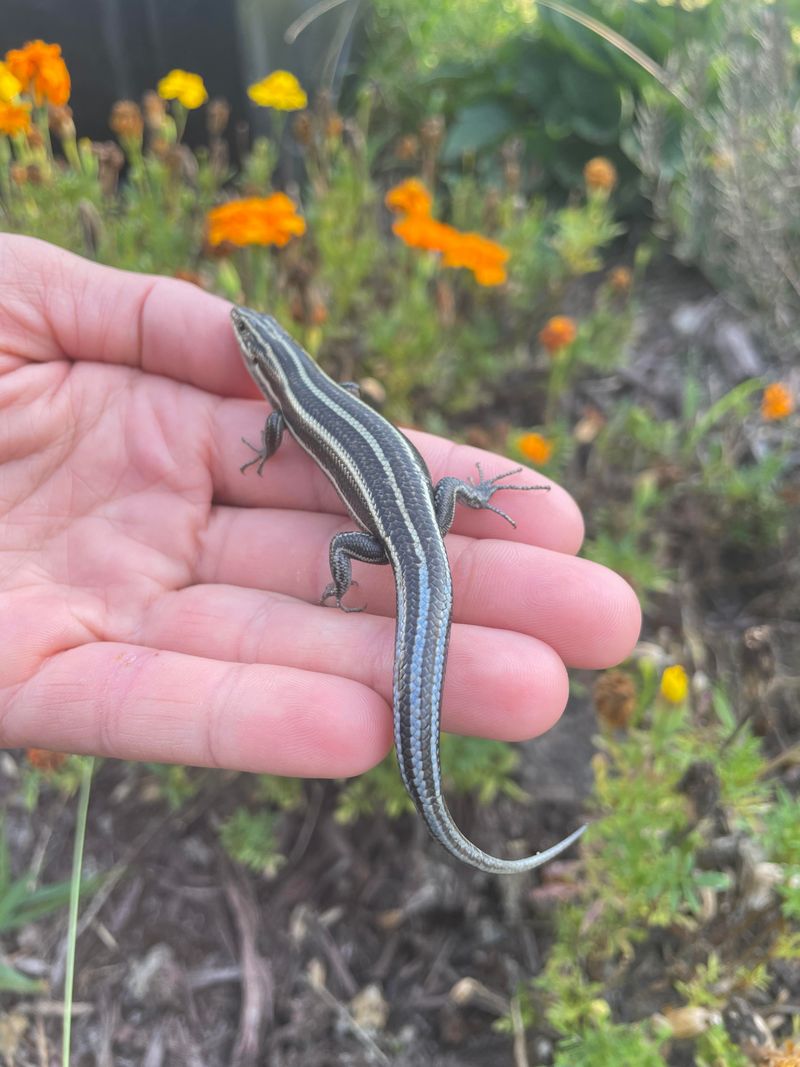
The five-lined skink is a master of disguise with its striped body and bright blue tail. These skinks are adept at consuming crickets, grasshoppers, and other pests. Encourage their presence by providing rocks and logs for basking.
They thrive in sunny environments, so ensure open areas are available. Their striking appearance and quick movements make them captivating to watch as they patrol your garden. Beyond their beauty, five-lined skinks contribute significantly to reducing pest populations, making them a cherished garden ally.
Western Fence Lizard
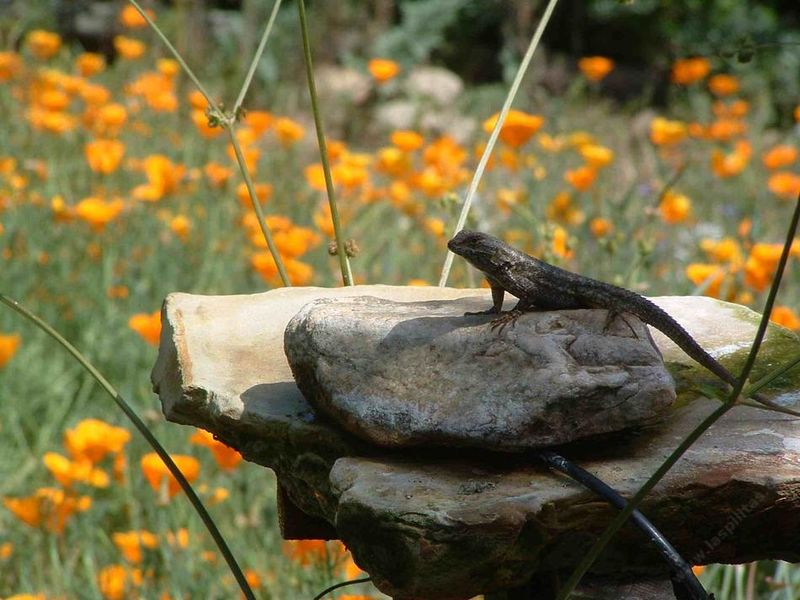
With its rough scales and blue markings, the western fence lizard is a formidable pest hunter. These lizards feast on ants, spiders, and other insects. Attract them by providing wooden fences and rocks for sunbathing.
As masters of camouflage, they blend seamlessly into garden environments. Their presence is a testament to a balanced ecosystem. Beyond their pest control capabilities, these lizards offer a glimpse into the wild, enhancing the natural beauty of your garden. Encourage their residency for a harmonious garden experience.
Northern Alligator Lizard
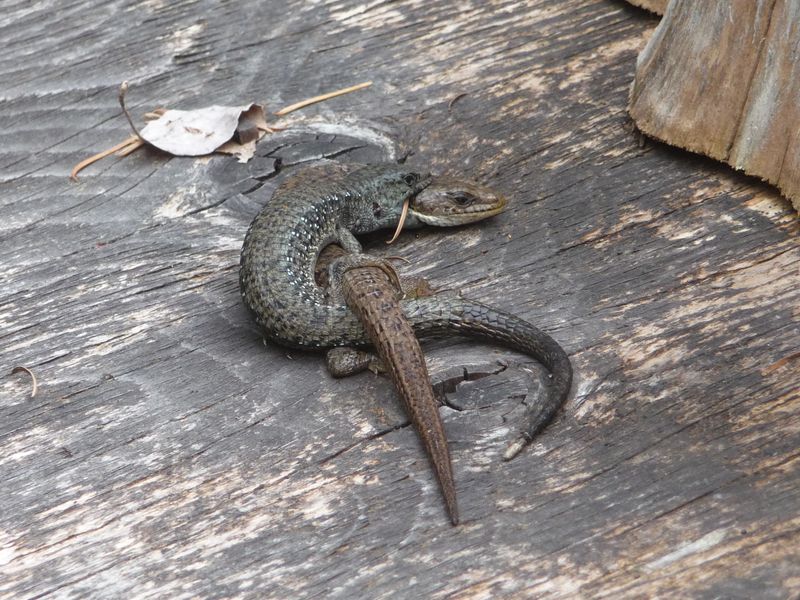
The northern alligator lizard, with its armored appearance, is a stealthy insect hunter. These lizards consume a variety of pests, including beetles and caterpillars. To attract them, maintain a garden with abundant ground cover and logs.
Their secretive nature makes them a rare sight, but their presence is a blessing for pest management. These lizards are non-aggressive, ensuring a peaceful coexistence with other garden inhabitants. With their unique look and valuable diet, northern alligator lizards are a boon to any garden aiming for natural pest control.
Southern Black Racer Snake
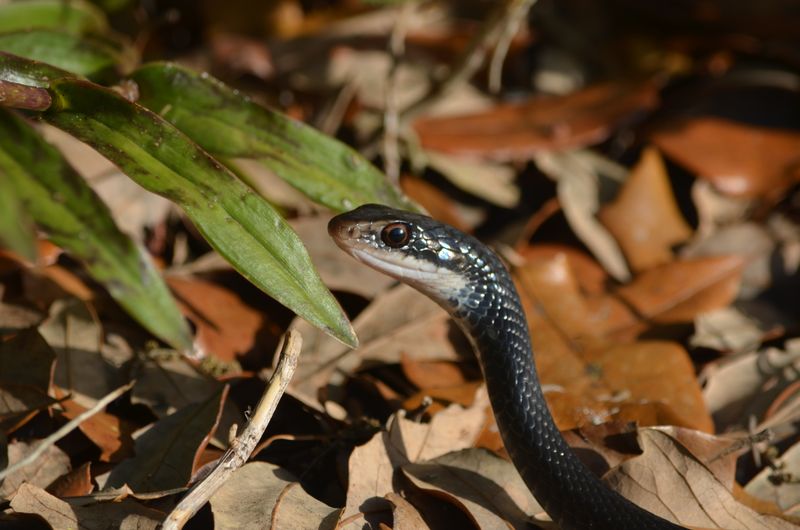
The southern black racer, with its sleek appearance, is a swift garden sentinel. These snakes target rodents and insects, aiding in pest reduction. Encourage them by offering open spaces and dense vegetation for cover.
Despite their speed, racers are non-venomous and pose minimal threat to humans. Their presence indicates a thriving ecosystem. With their role in controlling pest populations, black racers are essential allies for gardeners. Invite these nimble hunters to safeguard your garden’s health and vitality, ensuring a balanced and lively environment.
Eastern Indigosnake
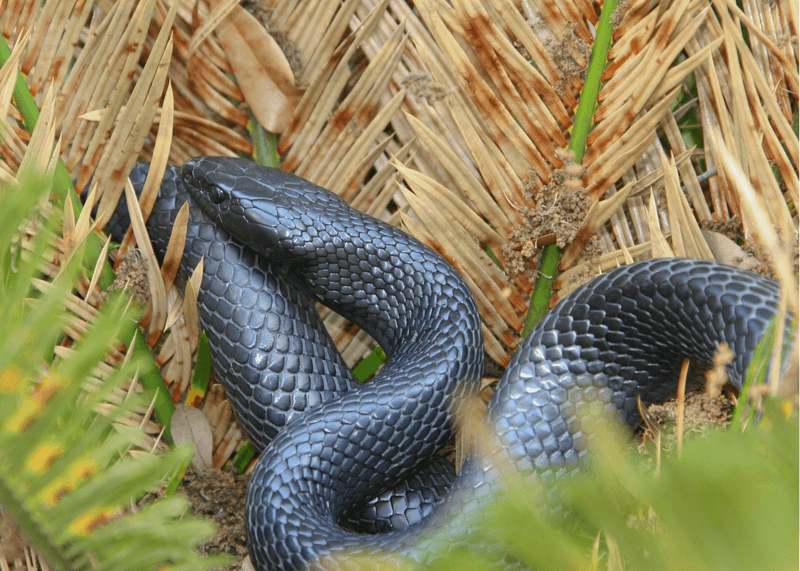
Regal and robust, the eastern indigosnake commands respect in any garden. These snakes feed on a variety of creatures, including rodents and frogs. Attract them by maintaining water sources and planting native vegetation.
Known for their docile nature, indigosnakes are non-venomous and beneficial to gardens. Their impressive size and striking appearance make them a fascinating addition to the landscape. Their presence is a testament to a healthy, biodiverse environment, offering natural pest control without the need for chemicals. Welcome the indigosnake for a thriving garden.
Eastern Coral Snake
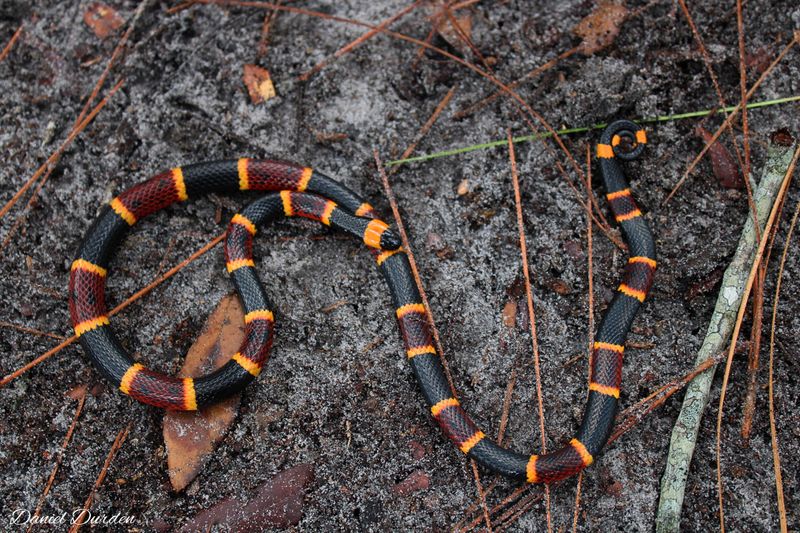
Beneath the leaf litter lies the eastern coral snake, a beautiful yet elusive creature. These snakes help control pest populations by preying on small rodents and reptiles. Attract them by maintaining a natural, undisturbed garden habitat.
Coral snakes are venomous, so admire them from a distance. Their striking coloration serves as a warning to potential threats. While they can be dangerous, their role in the ecosystem is undeniable. By respecting their space, gardeners can benefit from their pest control services, contributing to a balanced garden environment.
Speckled Kingsnake

The speckled kingsnake, with its striking pattern, is a formidable pest controller. These snakes feed on a variety of pests, including rodents and other snakes. To attract them, provide rocks and dense shrubs for shelter.
Kingsnakes are non-venomous and beneficial to gardens, often keeping venomous snake populations in check. Their presence is indicative of a healthy ecosystem. With their unique appearance and valuable diet, speckled kingsnakes are cherished garden guests, ensuring a balanced and thriving environment.
Desert Iguana

In sun-drenched gardens, the desert iguana thrives as a natural pest controller. Feeding on insects and plants, these iguanas prefer warm, dry environments. Attract them by providing sandy areas and native desert plants.
Known for their gentle disposition, desert iguanas pose no threat to humans. Their presence enhances the garden’s biodiversity. With their unique adaptation to arid conditions, they contribute to pest control while showcasing nature’s resilience. Invite desert iguanas to your garden for a touch of desert charm and natural balance.
Red-Eared Slider

The red-eared slider turtle brings a splash of aquatic life to garden ponds. These turtles consume insects and aquatic vegetation, aiding in pest control. Create a welcoming habitat with clean water and basking spots.
Sliders are known for their distinctive red markings and friendly nature. Their presence in the garden pond creates a dynamic ecosystem. With their ability to control pests and contribute to water quality, red-eared sliders are invaluable garden companions, offering both beauty and ecological benefits.
Florida Softshell Turtle
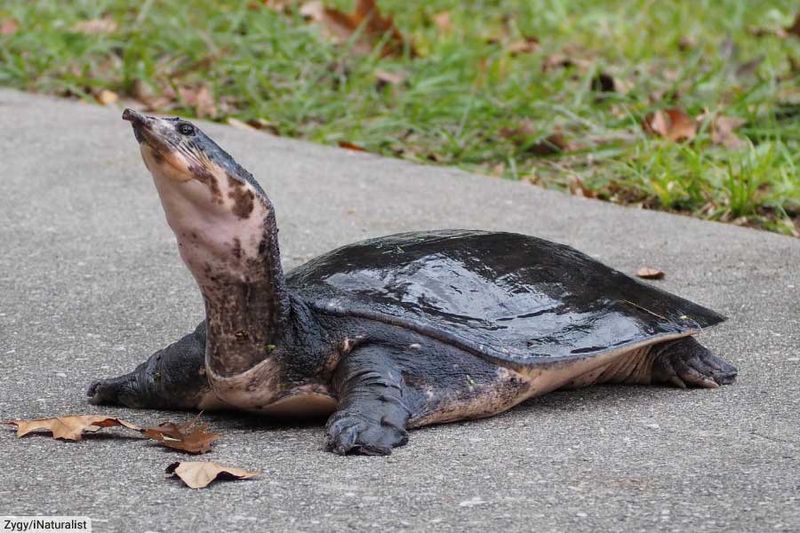
In the heart of the pond, the Florida softshell turtle reigns supreme. These turtles feed on aquatic insects and small fish, supporting pest management. Attract them by maintaining clean, well-oxygenated water and sandy basking areas.
Softshell turtles, with their unique appearance, add intrigue to any garden pond. Their non-aggressive nature makes them ideal companions in a diverse aquatic ecosystem. With their role in pest control and maintaining water quality, Florida softshell turtles are vital to a balanced garden environment.
Painted Turtle
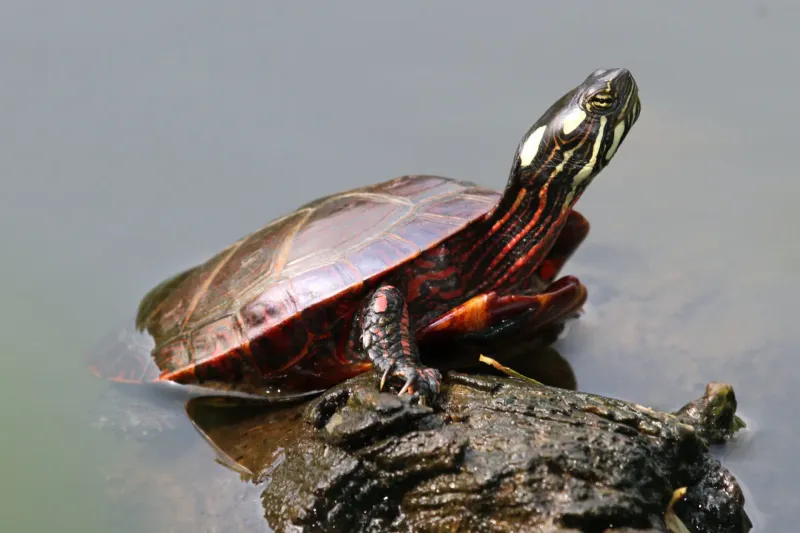
The painted turtle, adorned with vivid markings, brings charm and utility to garden ponds. These turtles consume insects, algae, and small aquatic creatures. Encourage their presence with clear water and ample sunbathing spots.
Painted turtles are known for their gentle nature and resilience, making them excellent companions for creating a balanced pond ecosystem. Their colorful appearance and beneficial diet enhance both the aesthetic and ecological value of the garden. Invite painted turtles to your pond for a splash of color and natural pest control.
Brown Basilisk
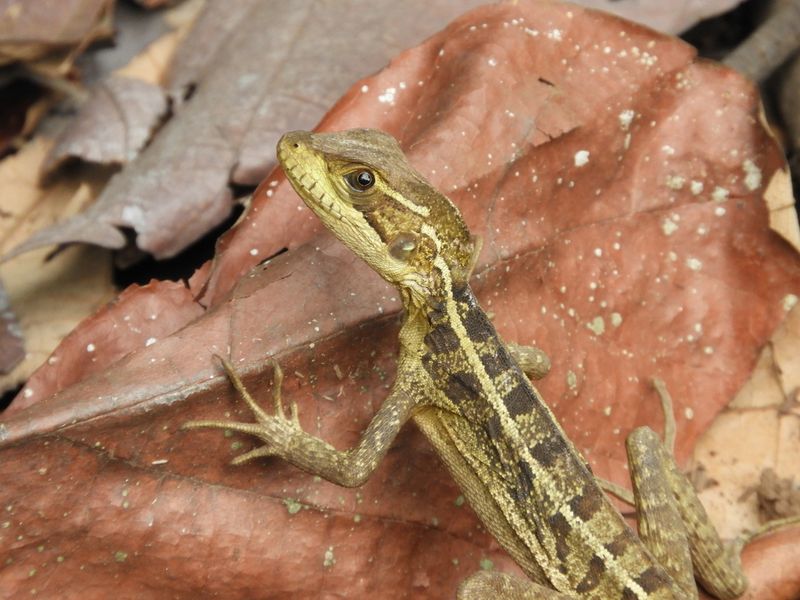
With their vibrant displays and swift movements, Brown Basilisks are captivating additions to any garden. Often called “Jesus Christ Lizards” for their ability to run on water, these reptiles feast on insects, keeping pest numbers low. Their unique crests make them a sight to behold.
Brown Basilisks thrive in warm environments with ample sunlight and water sources. They are particularly fond of areas with abundant cover, like dense foliage or rock formations.
Did you know? Brown Basilisks can run up to 5 feet per second. Invite them to your garden and watch them work their magic!

